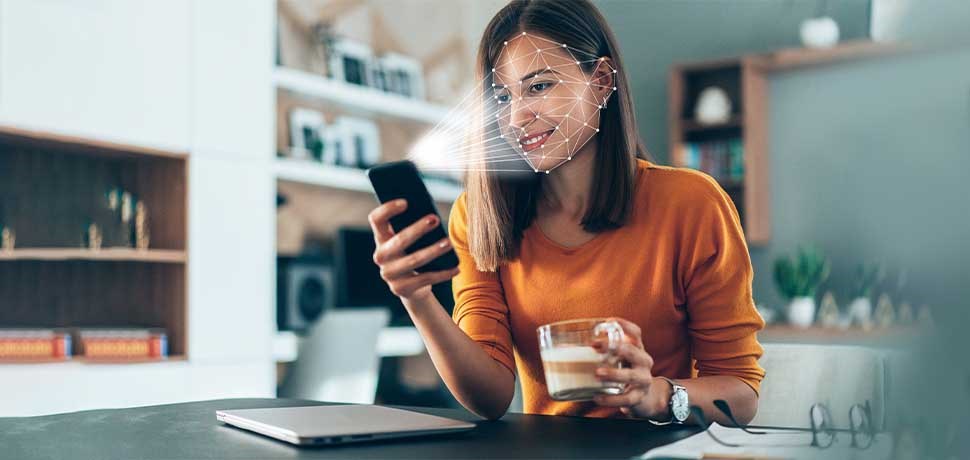
Navigating today’s digital world can be tricky. As Sasfin is Beyond a Bank, we want to help shed light on the latest threats you might face, such as deepfake content.
Deepfake videos and audios have engulfed the digital world and are becoming more and more convincing. Here’s all you need to know about deepfakes and what you can do to avoid being duped.
What exactly are deepfakes?
Deepfakes are fake videos created using deep learning technology that applies simulation to massive data sets. In other words, deepfake technology uses artificial intelligence (AI) to swap the likeness of one person with another in video and other digital media. In even simpler words, your face could be put into a video you were never a part of recording.
Technology has become progressively better at simulating reality. Think about computer-generated sets, scenery, and characters in movies. In many cases they are indistinguishable from reality. Unfortunately, this technology is also being used to create fake news and misleading, bogus videos.
Apps make deepfake-making easy
Apps like Zao, DeepFace Lab, Face Swap and FaceApp are making the creation of deepfakes easy, even for beginners. Unfortunately, many of these apps, which are mostly used for pure entertainment purposes, are also used for malicious intent.
In the past few years there have been incidents of face-swapping that have severely damaged the reputation of celebrities, politicians and other prominent figures.
Experts believe as technology develops, deepfakes will become far more sophisticated and might introduce more serious threats to the public, relating to election interference, political tension, and fraudulent and criminal activity.
Is that really you, Mom?
Not all deepfake videos have evil intent. Deepfakes are being used for humour and satire. And deepfakes are not limited to just videos. Deepfake audio is a fast-growing field, specifically in the medical field and gaming.
Where it becomes problematic is that realistic audio deepfakes can now be made with just a few minutes of audio from the person whose voice is being cloned. Once a model of a voice is made, that person can be made to say literally anything. Imagine a fake audio of a CEO giving payment instructions to a colleague or an audio of your mother asking for help or money. Frightening, right?
Our best defences
While deepfakes will only get more realistic with time, we're not entirely defenceless. A number of companies including Facebook, Microsoft and Amazon are developing methods for spotting deepfakes. And as deepfakes become more common, we’ll become savvier at spotting them.
Here’s what to look out for:
Your best defence is education and awareness. Always ask yourself: does this video or voice message seem real? Is this video too good to be true? To avoid being scammed by a deepfake video always verify, check, and double check, and if you are ever asked to transfer money via a WhatsApp voice message, call the contact back to verify the authenticity of the message.